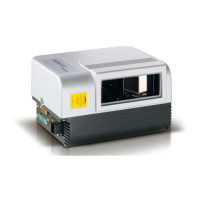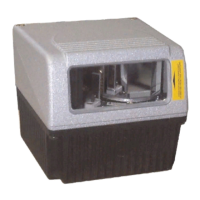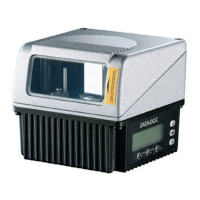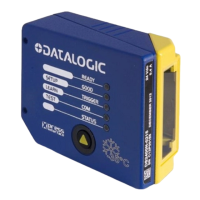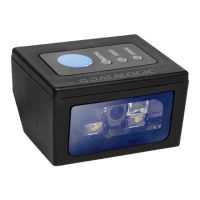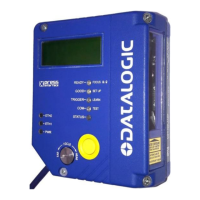Select the check box to reveal the Max Number of Different Characters field.
When checked, this filter attempts to eliminate false multiple reads by determining if a
short code read is "contained in" (is a sub-string of), another longer code read. This
condition implicates that the short code is probably a misread of the same longer code
and therefore should be ignored, (should not be considered as a multiple read of a
different code).
This filter is based upon the following rules:
a multiple read condition occurs
all decoded codes of the same type are compared with each other
Rule 1: the shorter code is considered contained in the longer code if the character string
is found in the same order; the longer code may have a single block of characters in any
position (before, after or in between the compared strings)
Example: The code 123456 is considered contained in the following codes:
00123456, 12345600, 12378456.
The code 123456 is not considered contained in the following codes: 12346507
(string out of order), 12345700 (string not complete), 120378456 or 0012345600
(multiple blocks in the string).
Rule 2: the shorter code is not filtered by rule 1. In the longer code, all possible sub-
strings of the same length as the shorter code string are compared with the shorter code
string. The shorter code is considered contained in the longer code if the number of
different characters between the compared codes is less than or equal to the Max
Number of Different Characters. The shorter code will be filtered by rule 2.
Example:
If Max Number of Different Characters = 1:
The code 123456 is considered contained in the following codes: 12305600,
00123056, 8812305688 because there is only one different character in the
compared string.
The code 123456 is not considered contained in 123066789 because there are two
different characters in the compared string.
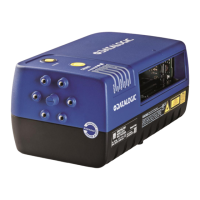
